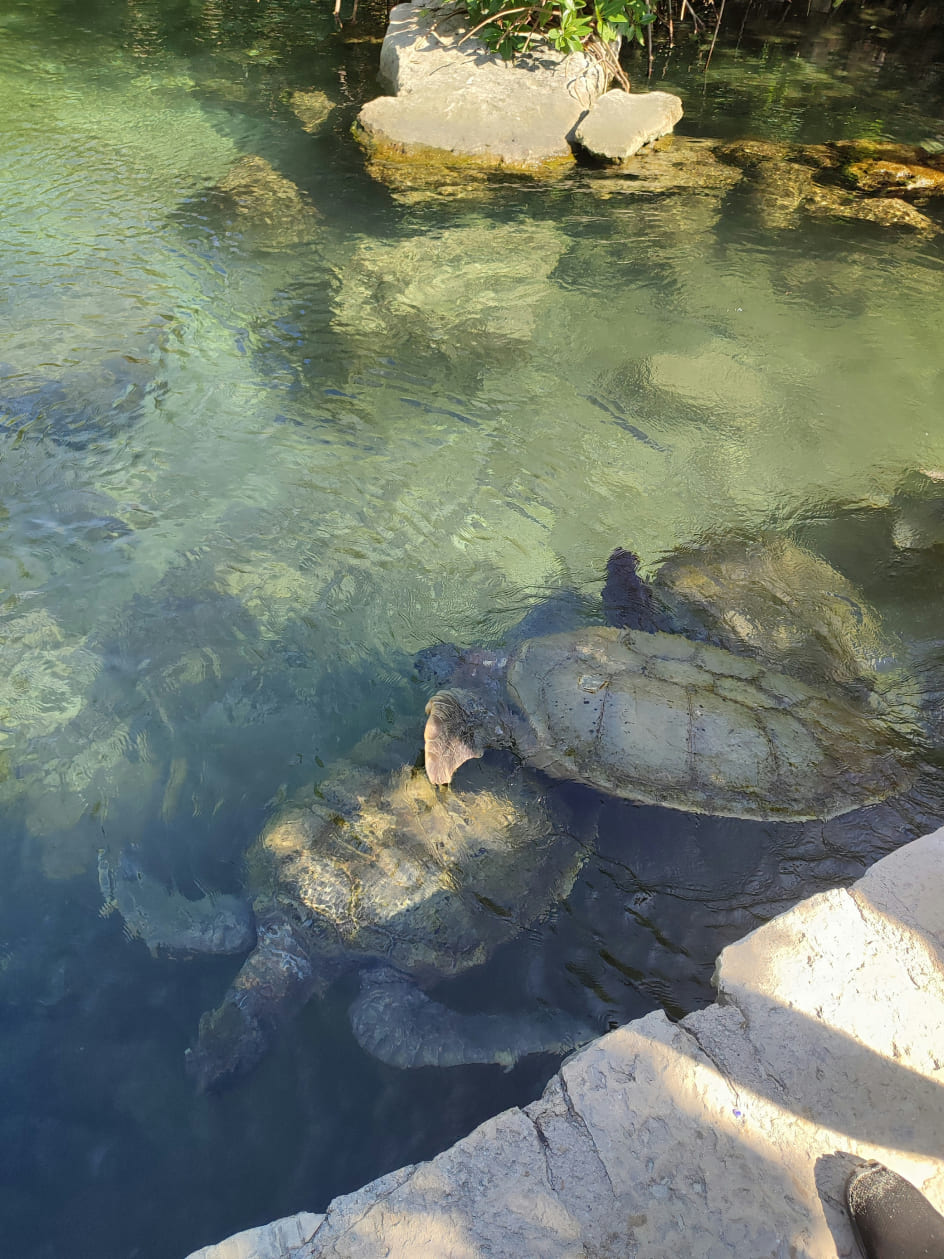
The Stealthy Alligator Snapping Turtle
In the murky rivers of the Amazon Basin, the alligator snapping turtle reigns as one of the most remarkable predators. Resembling a prehistoric creature, its rugged, moss-covered shell allows it to blend seamlessly with its surroundings, a natural camouflage perfected over millions of years. Beneath the water, this turtle remains motionless, mouth slightly open, revealing a pink, worm-like appendage on its tongue. This clever lure attracts curious fish, which mistake it for food—only to meet the turtle's powerful jaws in an instant.
Details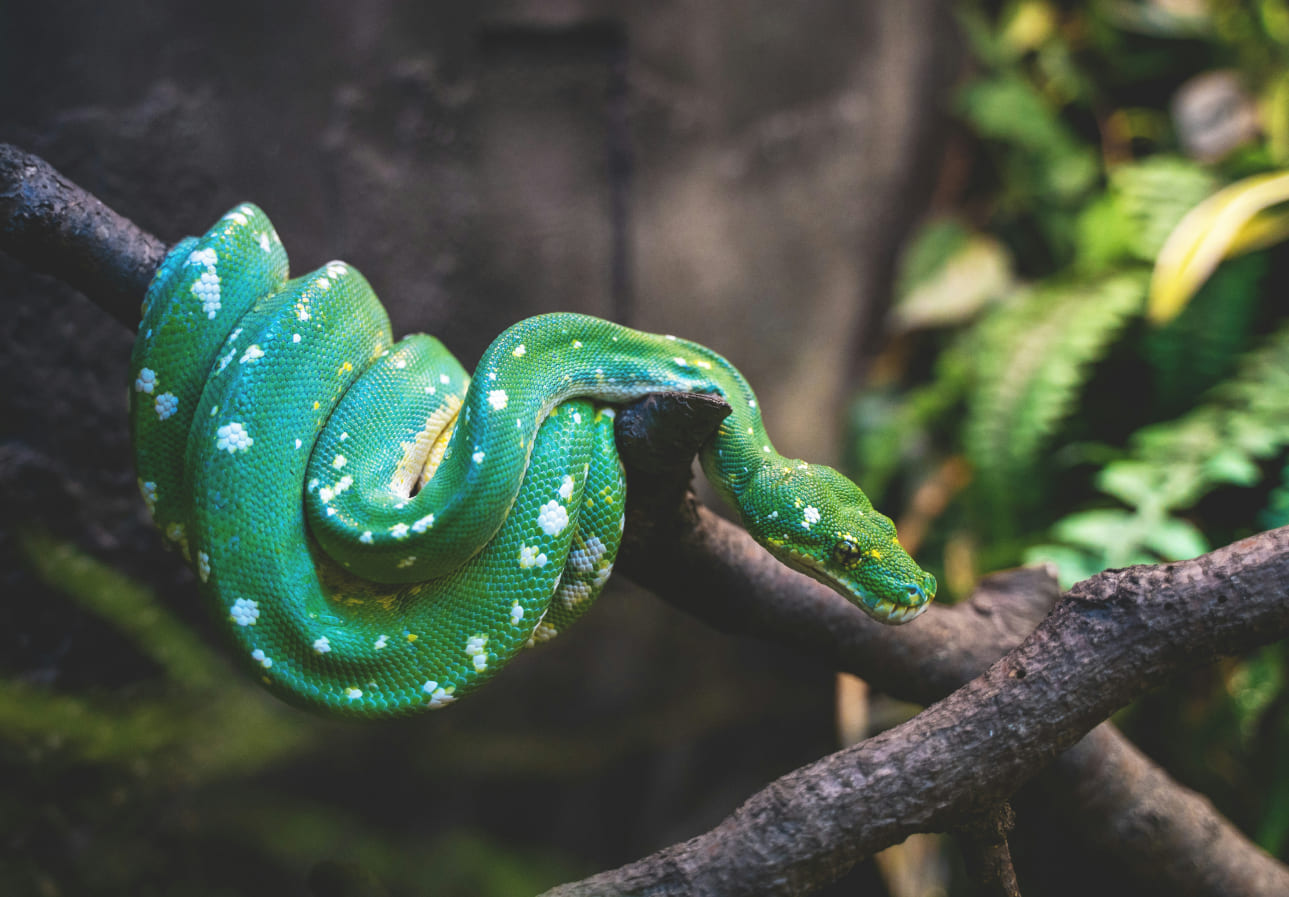
The Emerald Python
In the dense rainforests of the Amazon, the emerald python (also known as the green tree python) coils itself elegantly on branches, a vivid green ribbon amidst the canopy. Its vibrant color serves as both camouflage and a warning. This non-venomous snake is an ambush predator, lying motionless for hours, sometimes days, waiting for prey like small mammals, birds, or reptiles to pass by. When the moment comes, it strikes with astonishing speed, wrapping its prey in powerful coils.
Details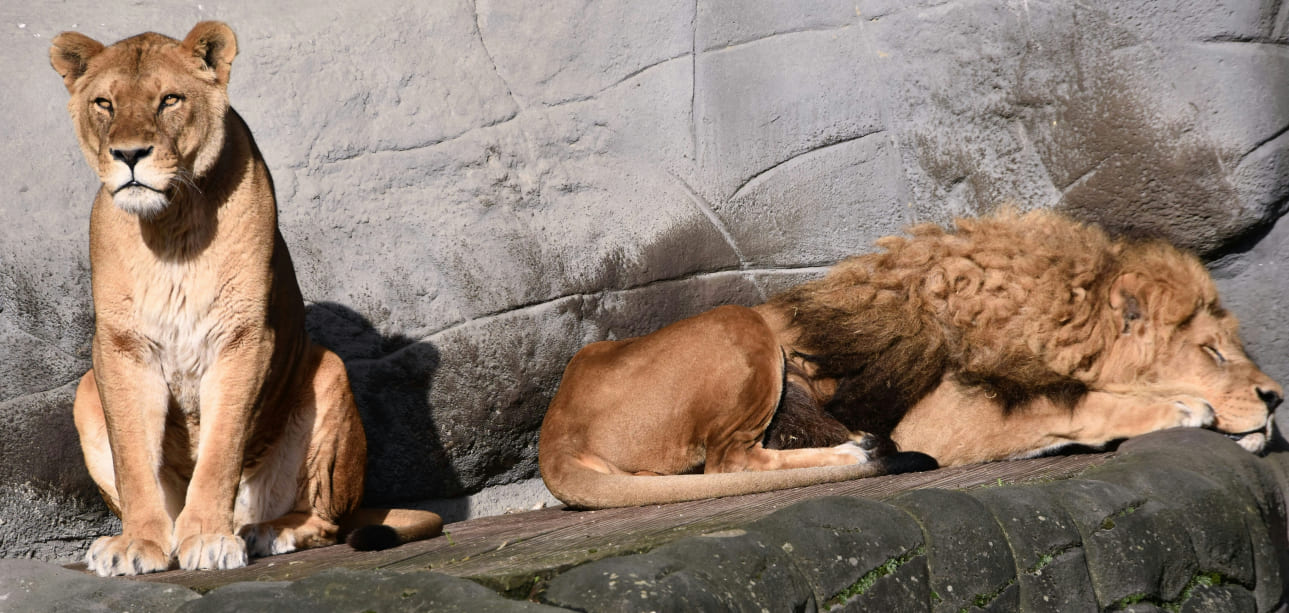
The Mighty Lion
Lions remind us of the universal reverence for predators as symbols of strength and balance in nature. Although the Amazon itself boasts no lions, its jaguar—considered the jungle's counterpart—fulfills a similar role as a top predator maintaining the ecological equilibrium.
Details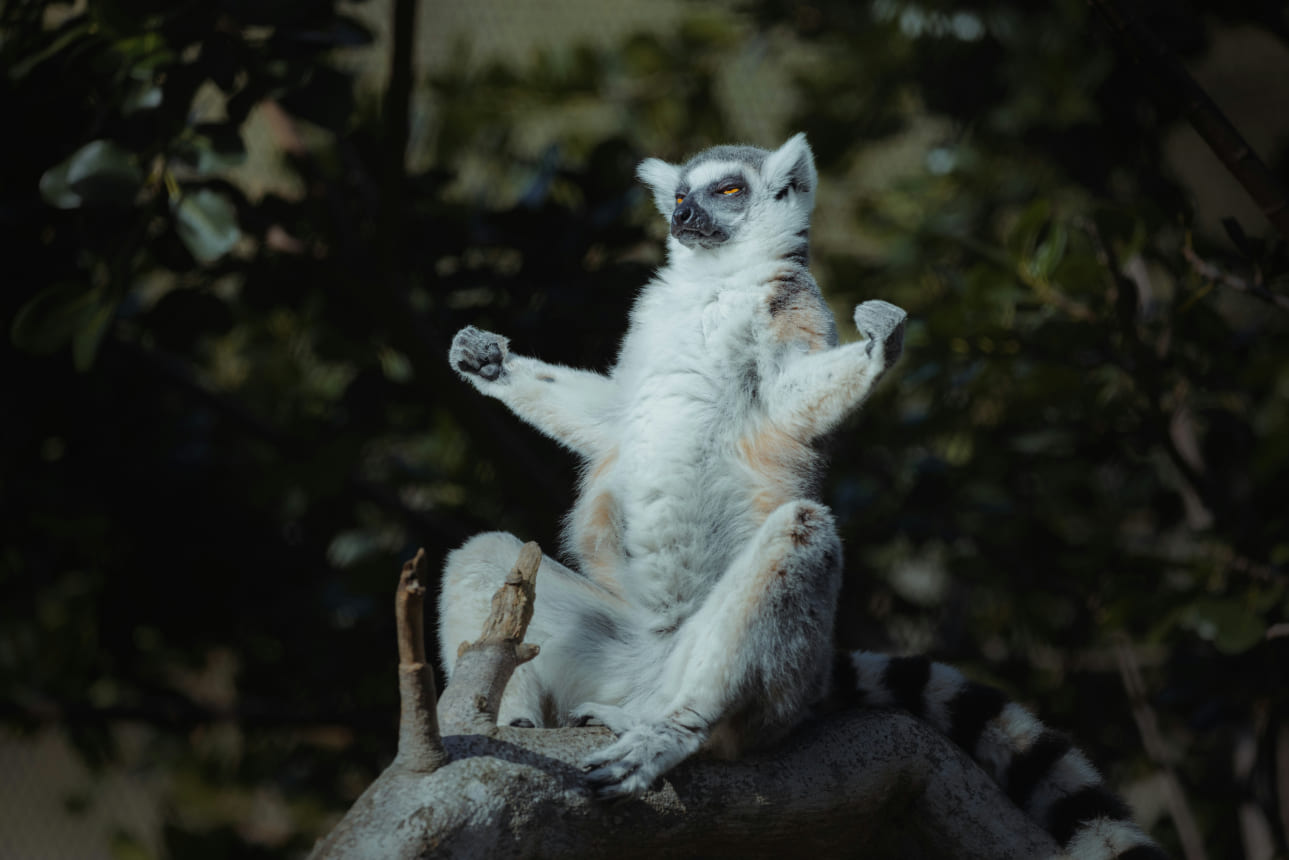
The Leaf-Tailed
Amazonian folklore considers the leaf-tailed lizard a trickster spirit, capable of fooling even the sharpest eyes. Tribes believe spotting this elusive reptile brings good luck, as it demonstrates the importance of keen observation and awareness of one’s surroundings.
Details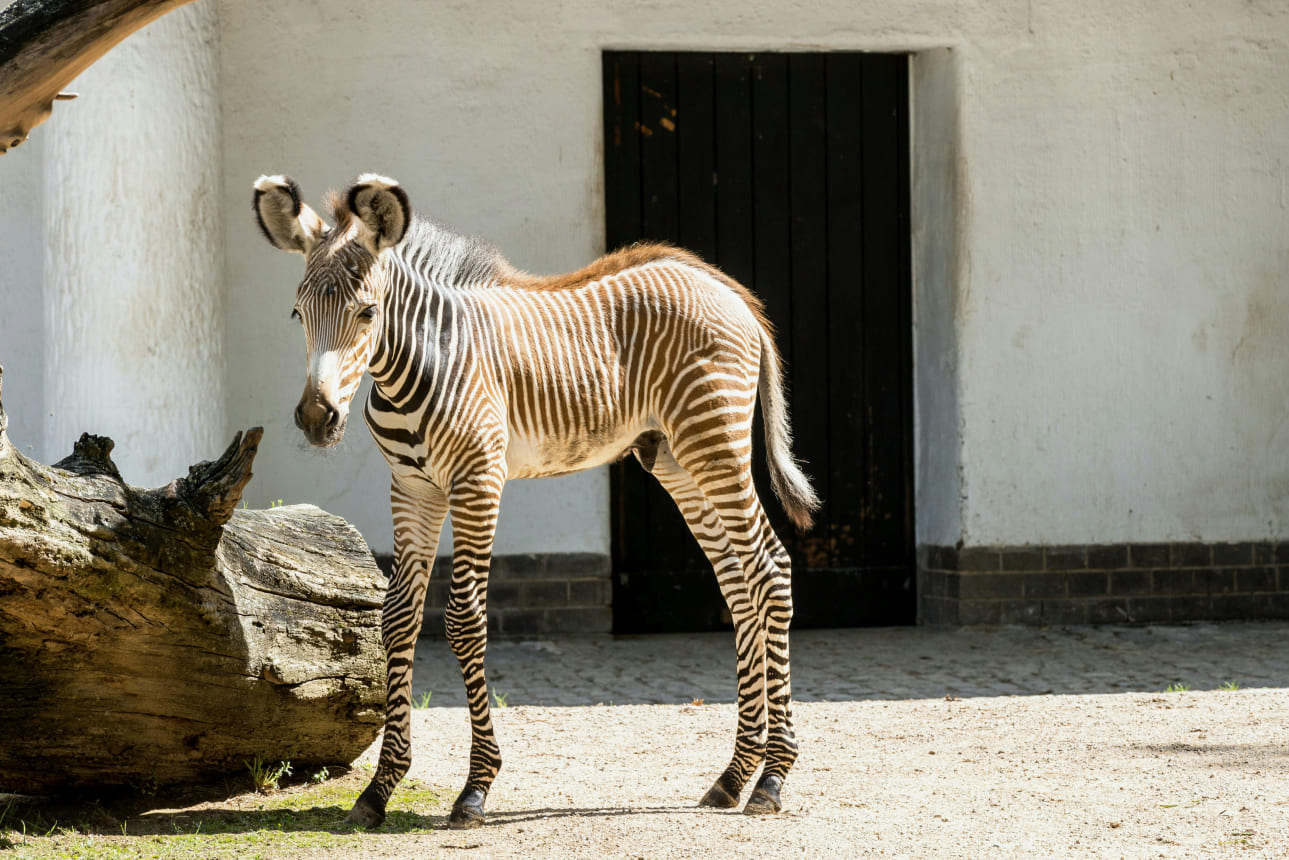
The Striped Mystery: Zebra
While the Amazon lacks zebras, its forest floor is home to similarly patterned species, such as the black-and-white striped poison dart frog. Like zebras, these frogs use their patterns to confuse predators and warn of their toxic nature.
Details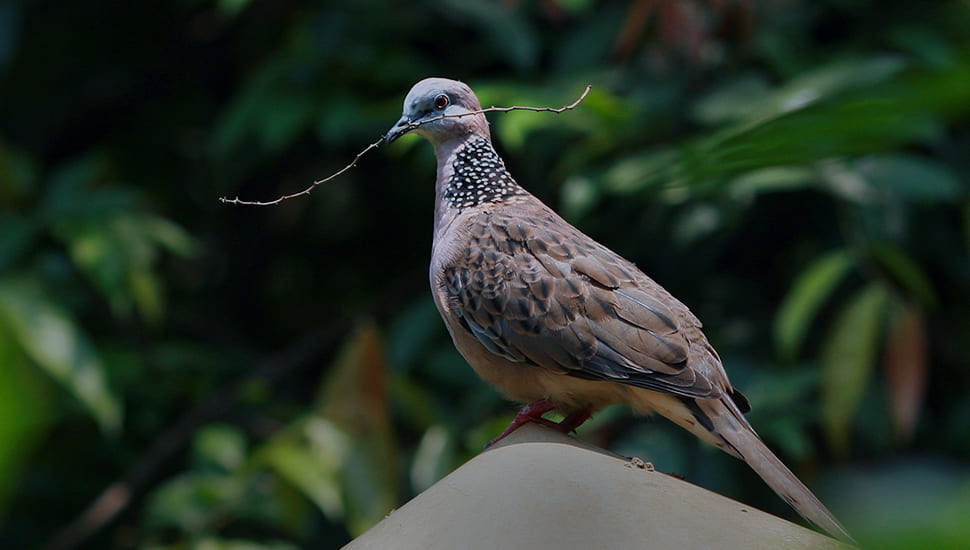
The Spotted Dove
The Amazon’s equivalent, the speckled pigeon, plays a similar ecological role by dispersing seeds and contributing to the forest's regeneration. Its ability to thrive in changing environments reflects the resilience of nature, even in the face of challenges like deforestation.
Details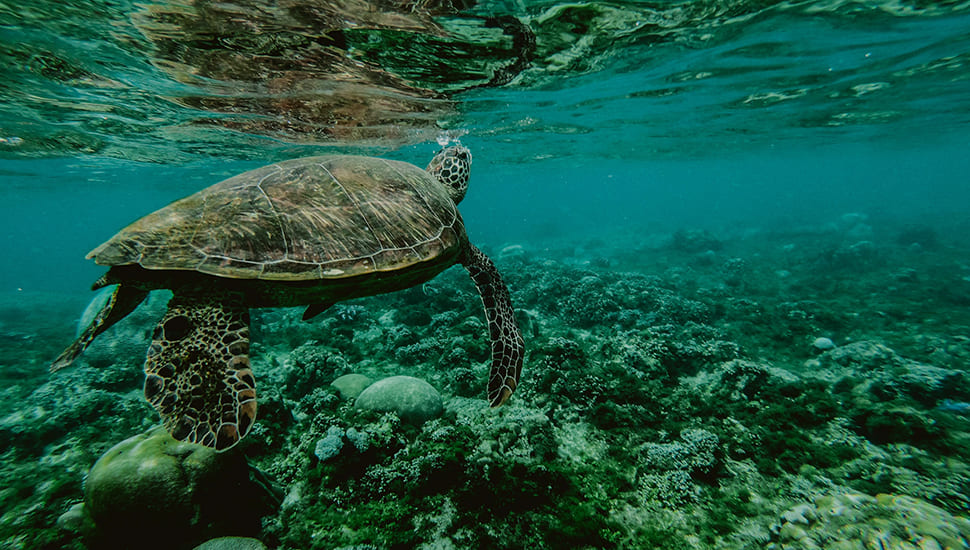
The Gentle Green Sea Turtle
The green sea turtle is a frequent visitor to the Amazon River’s mouth, where it feeds on seagrass and algae. These majestic creatures can live up to 80 years and play a crucial role in marine ecosystems, keeping seagrass beds healthy and balanced. Despite their grace and endurance, they face numerous threats, from habitat destruction to plastic pollution.
Details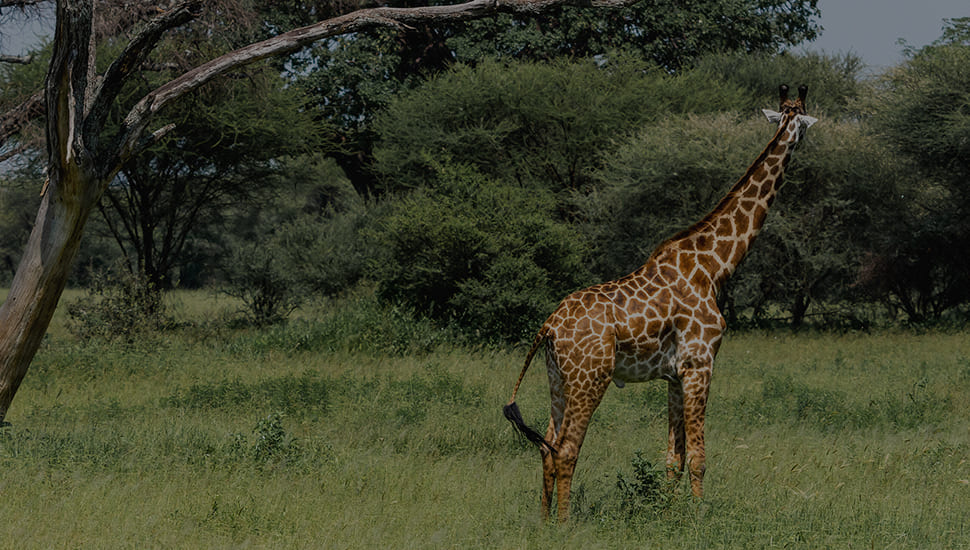
The Towering Giraffe
Although the Amazon has no giraffes, its towering kapok trees and canopy giants fulfill a similar symbolic role, representing strength, longevity, and a connection between earth and sky.
Details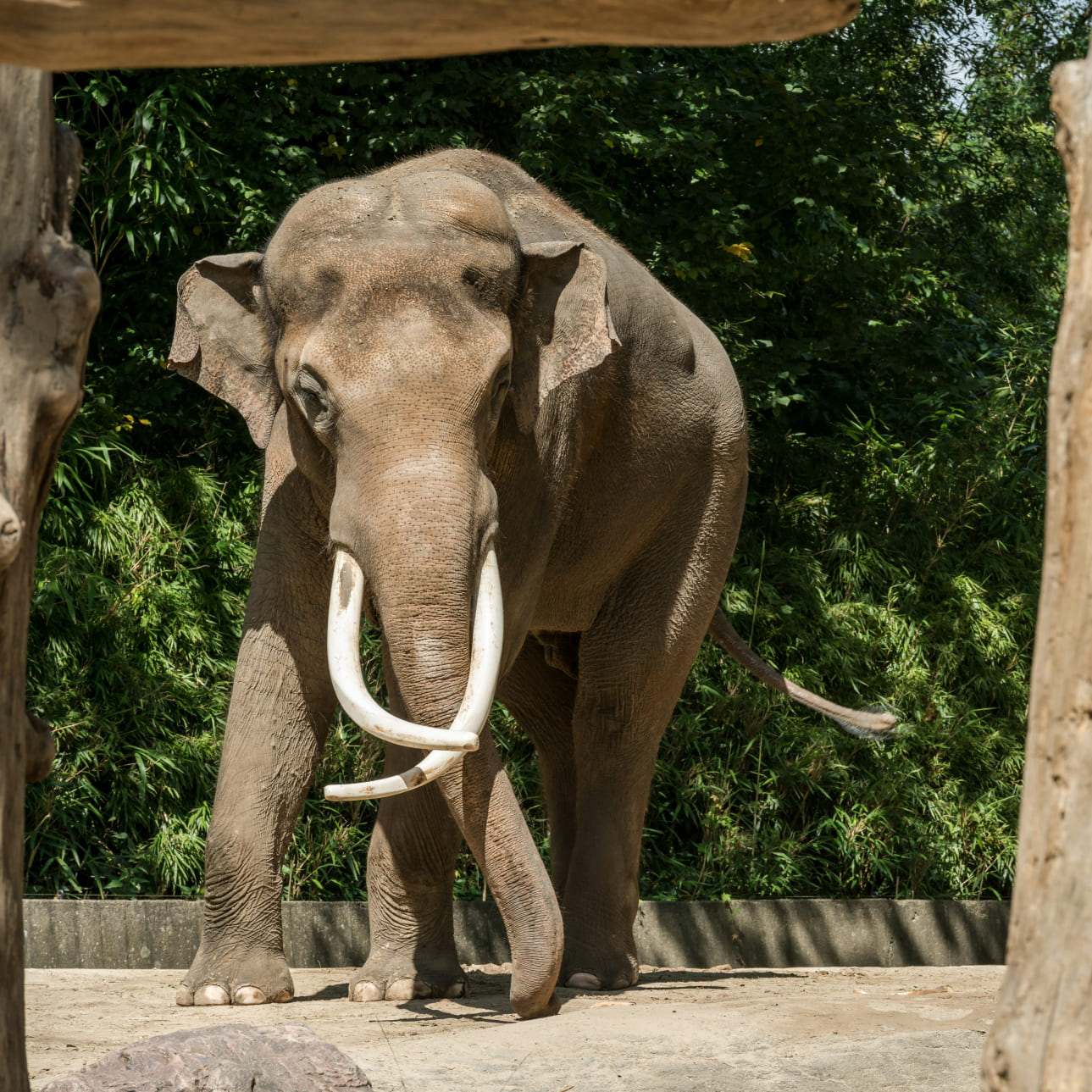
The Ceylon Elephant
The Ceylon elephant, a subspecies of the Asian elephant, is celebrated for its intelligence and strong familial bonds.
Details